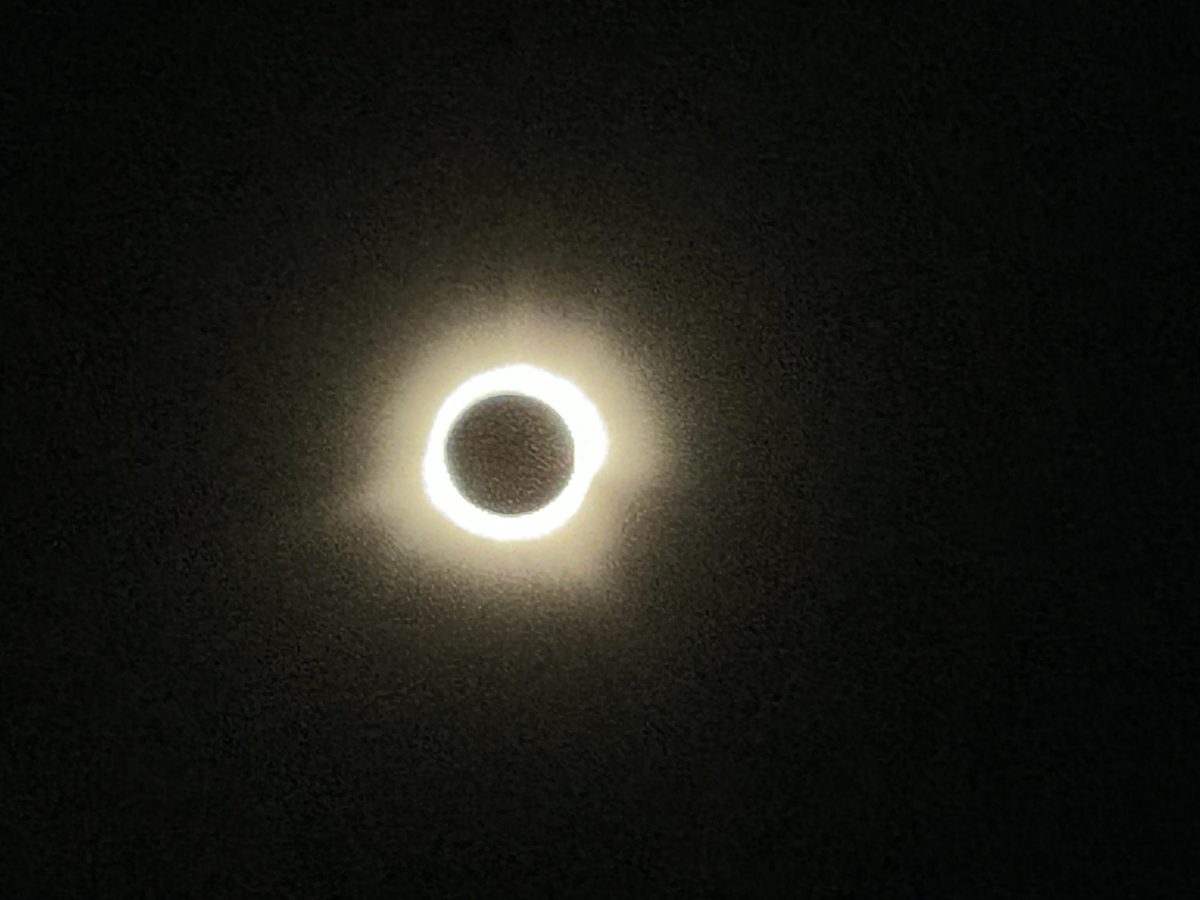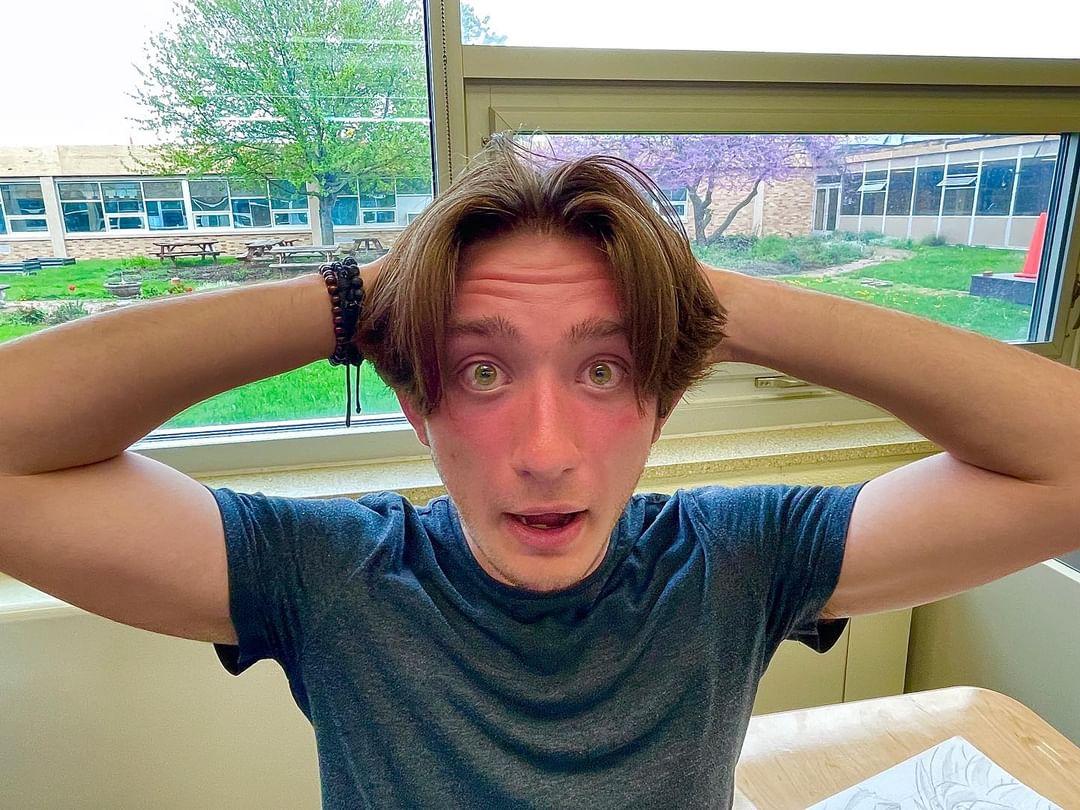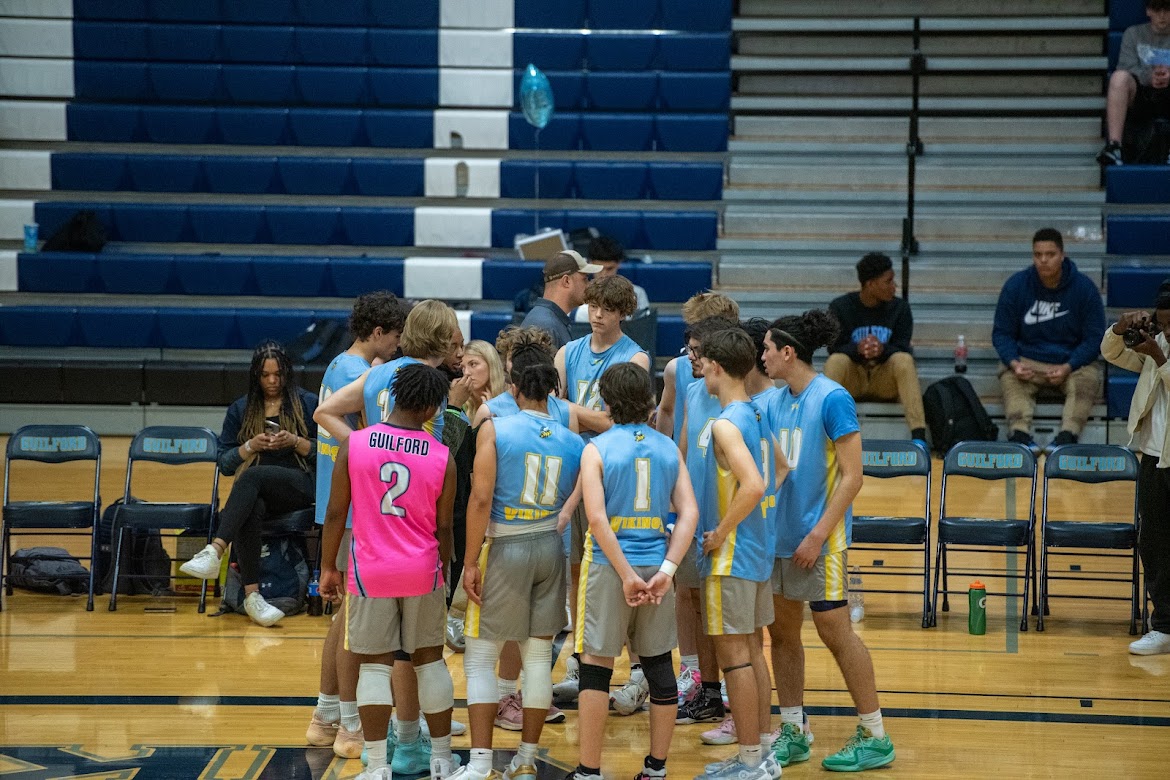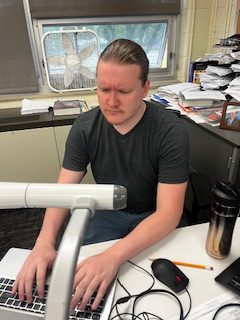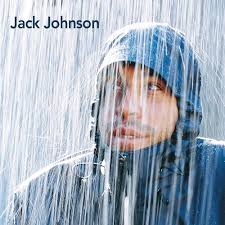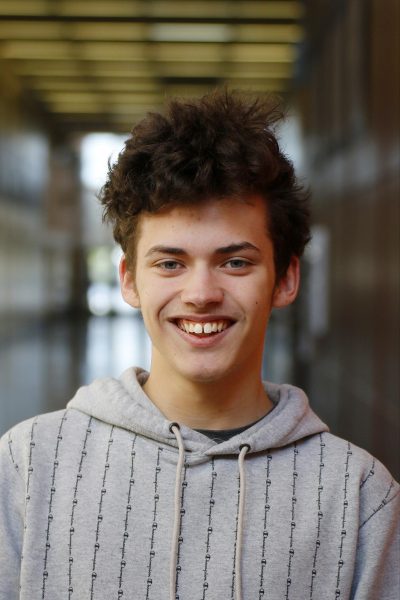On April 8, 2024, a once-in-a-generation event occurred across the United States. A total solar eclipse stretched across the country covering more than fifteen states. In total, 36 million people viewed the total eclipse, of that, 3.7 million came in from other parts of the country. The next total solar eclipse that will cover the United States will take place on August 23, 2044.
The State of Illinois was not completely in the path of totality, only the very bottom consisting of several small towns and the City of Carbondale. Overall, a little more than 200,000 Illinois residents were living in the path of totality.
Bryson Halley, sophomore, was one of the many who traveled down to the path of totality.
“I’ve never seen a total solar eclipse, and I’m so glad I’ve done it now,” said Halley. “I think it’s really a once-in-a-lifetime experience.”
Halley was in Carbondale at the Lenus Turley Park. Close to a thousand viewers were there, from all over the United States.
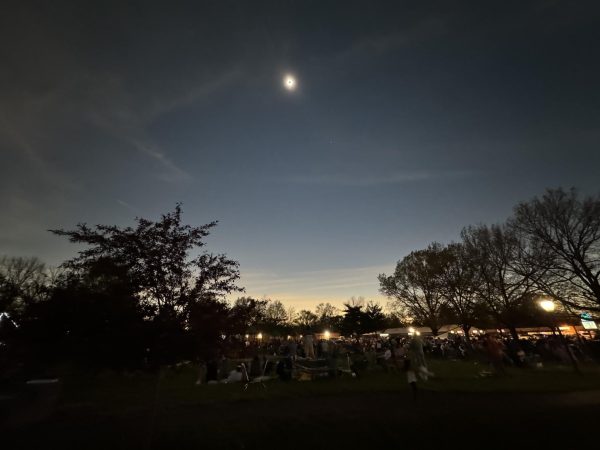
“I think this is just such an amazing experience and I think it will be in my memory forever,” said Jessica Harbor, a 59-year-old, St. Louis resident.
“I traveled far just to see the eclipse, and I’m glad I was able to see it with my family here in Carbondale,” said Ryan Edwards, a 22-year-old Los Angeles resident.
Edwards went on to talk about the significance of the Eclipse to him.
“We missed the 2017 eclipse. My parents saw the 1970 eclipse. They wanted all of us to see it this year. My dad died last year, but we still decided to do it together,” said Edwards.
Despite not being in the path of totality, Rockford got 91% coverage making it quite noticeable.
Thomas Covert, sophomore, was in Rockford when the Eclipse happened. “I didn’t have any glasses, and it got a little dark.” Thomas also expressed his disinterest, “It was pretty lame. I mean, nothing really happened,” said Covert.
Thomas got to view the Eclipse during school, and went out during his English class.
“When we were outside, it got a little dark,” he said.
Paul Vachier, an expert in the eclipse field, explains how a total solar eclipse can be drastically different from a partial one, even such little as 99% to 100% change can be very different.
“The difference is truly night and day,” says Vachier in a Desert Sun newspaper interview. “A 99% eclipse can’t be viewed by the naked eye, and still needs solar glasses. A total eclipse is a far, far more dramatic experience.”
The next eclipse in 2044 will only hit parts of the United States, in Montana and North Dakota. The next eclipse visible in Rockford to the level of this year won’t be until after the year 2200.
“If you ever have the chance at seeing a total solar eclipse,” Vachier said, “do it.”


